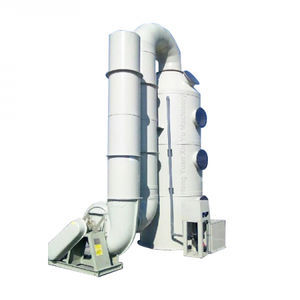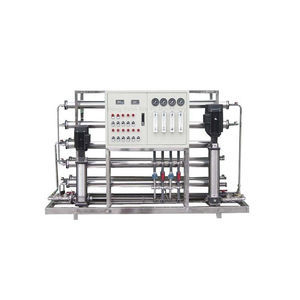
- Environment - Health - Safety
- Water Treatment
- Sewage treatment plant
- Qingdao hongyuanxinyu
- Products
- Catalogs
- News & Trends
- Exhibitions
Sewage treatment plant



Add to favorites
Compare this product
Description
Electroplating wastewater include the pretreatment rinsing wastewater, plating rinsing wastewater. And the principal pollutants are heavy metal ion .
1.1 Up-to-standard discharge technology The emission of waste water which contains heavy metal ions such as Cr, Cu and Ni must meet the local requirements by adopting the means of “Physical and Chemical Reaction + Sequencing Batch Precipitation + Ion Exchange + Compulsory Filtration” to reach the standard.
1.2 Electroplating wastewater reuse technology
Electroplating wastewater reuse technology means to add reclaimed water reuse system and reuse system on the basis of standardized discharge technology. The effluent can meet reclaimed water reuse standards(such as cleaning).
1.3 Electroplating wastewater zero-discharge technology MVR evaporator Working principle: MVR evaporator will increase the energy of secondary steam by using compressor, and will take advantage of the secondary steam with improved energy to recycle the potential heat of secondary steam. Specifically: Increase the pressure and temperature of the secondary steam generated by evaporator through the adiabatic compression in compressor, and after that, the steam will be fed into the heating chamber of evaporator (heat exchange system) as the heating steam, thus the potential heat of steam can be reused. The cold material will absorb the heat of non-condensable gas through preheating exchanger before being sent into evaporator, so the temperature of the cold material will increase, meanwhile, the condensate can be cooled by this material. This can further improve the utilization ratio of heat.
Other Qingdao hongyuanxinyu products
Environmental protection equipment
*Prices are pre-tax. They exclude delivery charges and customs duties and do not include additional charges for installation or activation options. Prices are indicative only and may vary by country, with changes to the cost of raw materials and exchange rates.



